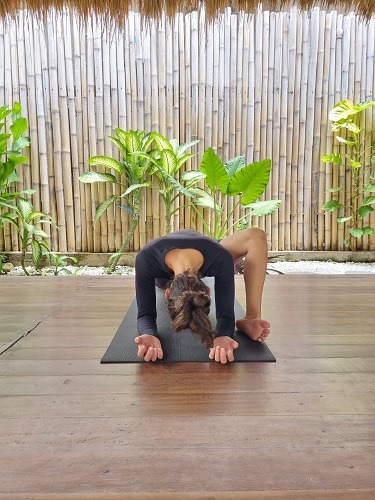The body constantly creates and absorbs bones. If this balance is disrupted, we may either gain more bone mass, strengthening of the bones, or lose density, leading to bone degeneration.
Typically, until our mid-20s and 30s, we tend to gain bone mass. This condition is called osteopenia, or in more severe cases, osteoporosis. By consciously exercising, we can maintain or even add bone mass beyond these ages, especially after 35. This condition is more common in women, particularly as they approach menopause. The absence of vitamin D or calcium can also cause bone degeneration. Hormonal deficiencies such as testosterone, estrogen, or parathyroid hormone can contribute to bone mass loss.

The body constantly creates and absorbs bones.
Physical activity can help bones grow stronger and even change in size and shape. However, excessive stress can be dangerous; marathon runners, for instance, are known to develop osteoporosis later in life. Inducing stress on bones, as in weight-bearing exercises, can maintain their health, and other forms of yoga, particularly standing postures, can also contribute to this.

“The bones need to be stressed to remain healthy. And the stress needs to be appropriate. Yin Yoga provides compressive stress on the bones, especially the lumbar spine. Other forms of yoga also stress the bones; most standing postures will do this. In Yin Yoga the stresses are held longer, allowing the bones more time to be stressed. This generates a larger recovery response – the bones having been stressed longer will grow stronger. Very few active yoga postures will stress the lumbar bones like Yin Yoga does.” Bernie Clerk
